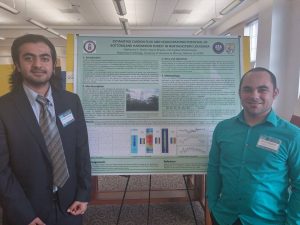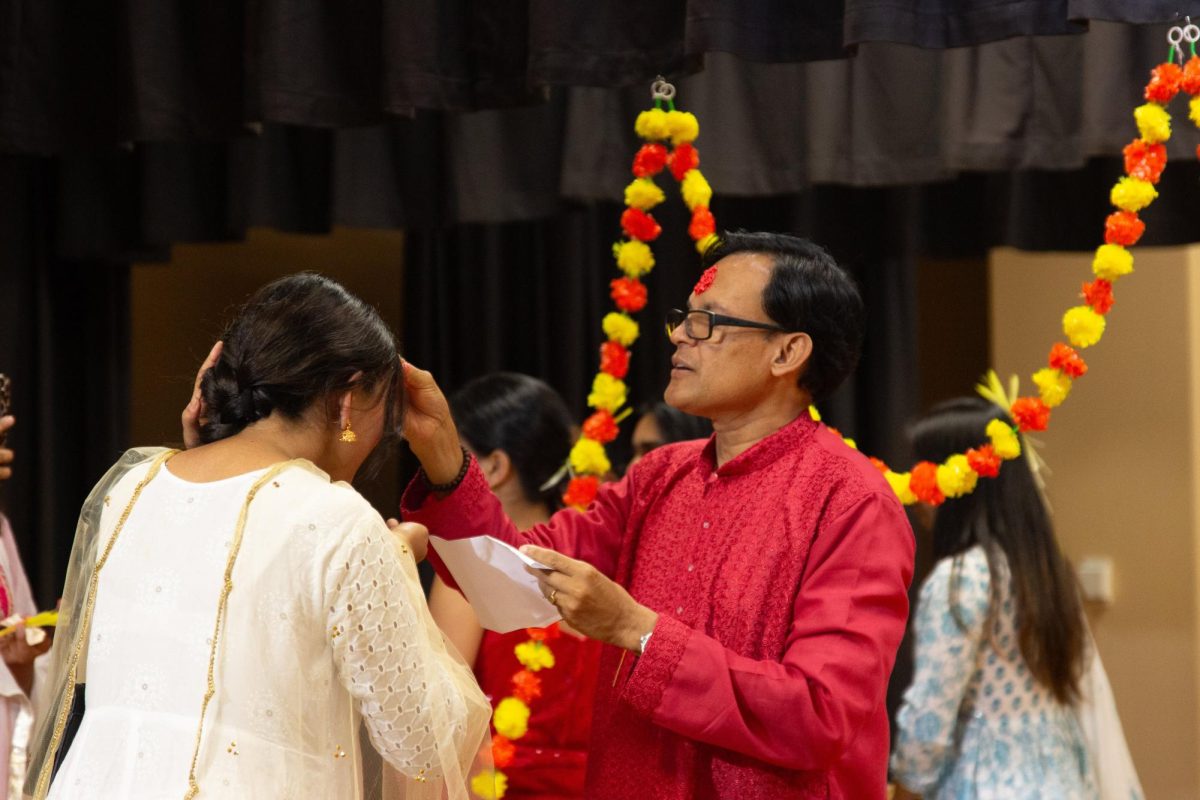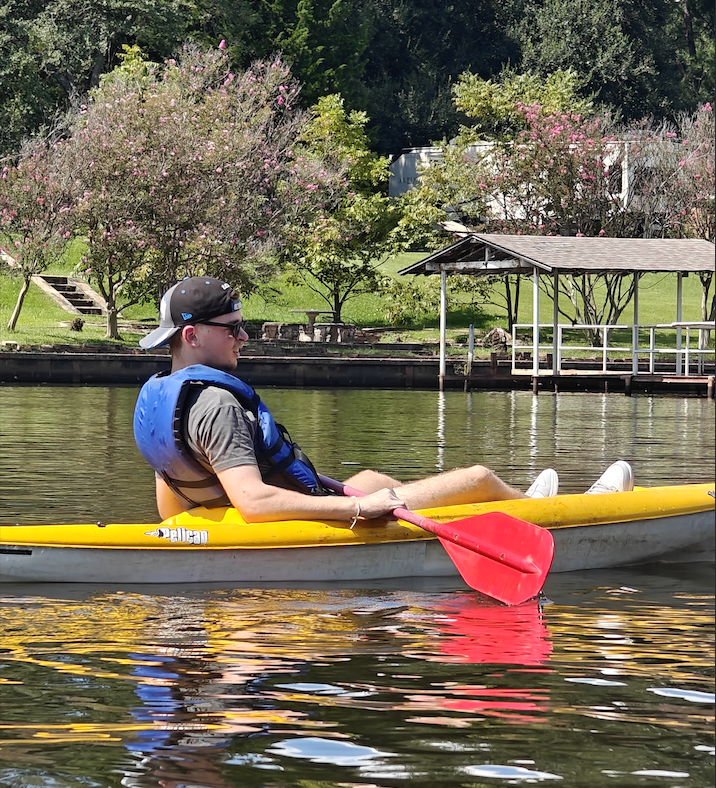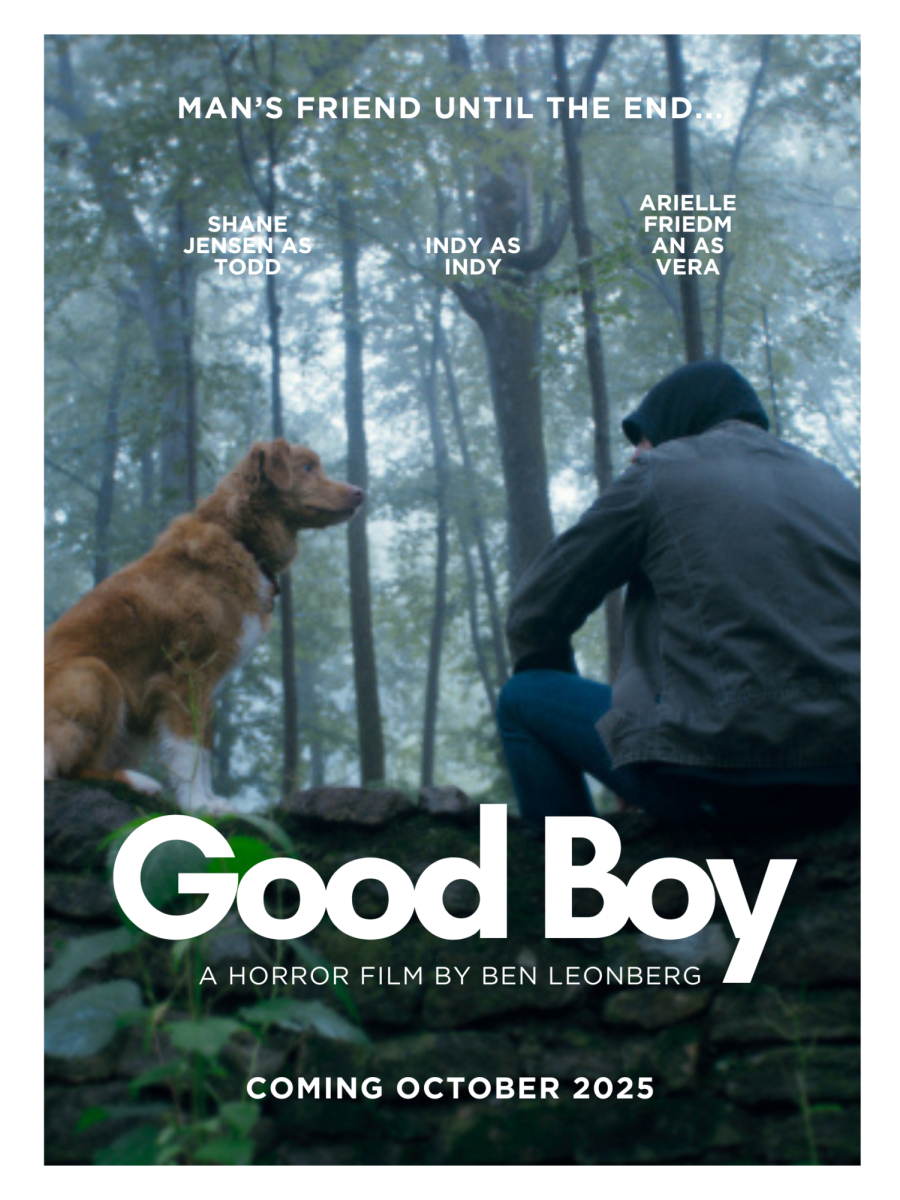
Countless hours of their free time is spent in the biology lab. Like all graduate students, these two students collect their data, research their findings and document on what they’ve found. They work just as hard as graduate biology students are expected to do, but with one exception. They are both junior biology students.
Wayne Brigalia and Siddhardha Dhakal are two of the first undergrad students to work extensively on the ULM’s Carbon Flux Research. This research measures the carbon flux in the area taken by the Carbon Flux Tower at Russell Sage Wildlife forest . The data and research that Brigalia and Dhakal record is internationally and, to a degree, globally viewed to help determine climate change.
“We are analyzing our forest and their are other people in different parts of the world analyzing theirs,” Dhakal said.
From there, all research that is found from all parts of the world are put together. It was time for Brigalia and Dhakal to introduce their findings to the nation. And so they did.
There was one spot for a winner. Their poster was just one point away from winning first place at South Eastern Ecology and Evolution Conference at the University of Georgia at Athens March 13-15 for their poster presentation session.
“We have a program that is suppose to process this data for us and to make sure all the loose ends are caught up. Well, it was working until a couple of days we had to present. We had three backup plans working at the same time,” Brigalia said.
But they didn’t give up. They both worked so hard that Brigalia said it wouldn’t be an option to back out so abruptly.
“If you’re given this type of opportunity, aside from being passionate about ecology in general, if you’re given this type of opportunity and you waste it, to me that’s a high insult. To not only to professors that you are working with,” said Brigalia. “But for other people who didn’t get this opportunity.
The conference hosted university from across the region to come and learn what other school have found in their research. Students are encouraged to engage in other’s research and learn from their trial and errors.
This two day conference consisted of a day of breakout sessions, workshops, discussion panels and closed with an award ceremony.
“At UGA it had the same atmosphere of interconnectedness,” said Brigalia. “It’s just like the environment- it’s more than just one thing. It’s everything working together. A dynamic.”
Dhakal agrees. He said they need to be aware of what other schools are doing and vice-versa. This helps them know what they improve on with their data or just learn new ways of collecting their research.
“There were people there who saw us and gave us feedback and asked us a lot of questions, and that helps us,”Dhakal said.
Joydeep Bhattacharjee, associate professor in biology, said over the years he has had undergrad students work in his lab but never have they attended a conference as large as SEEC.
“There poster was one point short of a perfect score. So that, as a mentor for undergraduates, makes me feel really proud of them and the type of work they are doing,”
said Bhattacharjee. “Really the level of work that they are doing is very high level of work. Some of those kind of works are not done even by master students.”
Thought working on this research takes a lot of responsibility, Bhattacharjee said he had no problem with letting these two undergrads work on this intense project.
The ULM’s Carbon Flux Research began in 2013 after Bhattacharjee’s grant for the Carbon Flux Tower was approved. This tower is the only carbon tower in Louisiana, making ULM a resource for other university’s research.




